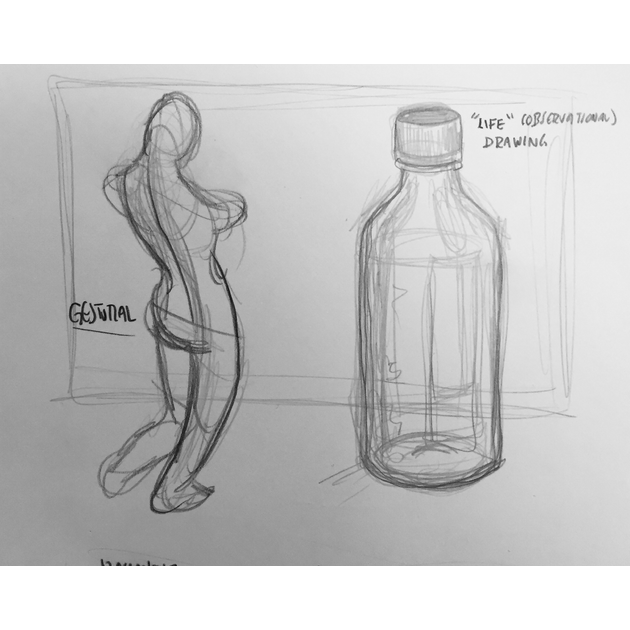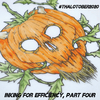Making Art Work: Sketching for Efficiency (Part Two)
Making Art Work: Sketching for Efficiency (Part Two)
Welcome to part two of Sketching for Efficiency!
In our second article during #drawgust2020 we will be discussing a few different drawing styles you can incorporate in your work.
"Construction-based drawing" (Line & Circle, Geometric, Architectural, Dimensional, Technical, etc)
Construction-Based drawing techniques are very helpful in the earlier stages of drawing for artists, especially line and circle-based drawing. These ideas help lay down concepts, shapes and lines to allow for dimensionality to occur on the page. These are far more technical and mechanical in nature than other styles, and are very helpful. See below a few examples of these kinds of drawing styles.

Abstract Drawing (automatic, single line drawing, cubism, etc.)
Abstract Drawing has many different sub-genres, but they are all revolving around ideas that tend to rely more on organic, emotional or esoteric topics and subjects of drawing. The mentality is more heavily defined on the process, the experience and the final product is not necessarily the end goal of the exercise. Abstract drawing helps the artist experiment, think outside the box and explore the possibility of technique and drawing as an activity. Here are some examples of those styles in action.

Observational Drawing (Life Drawing, Photorealism, Gestural, etc.)
Observational Drawing is one of the most academic and traditionial styles of drawing. The goal is both simple and complex; capturing information and presenting it in a desired way using the tools available. Most schools teach these styles as they are applicable and important to basic skill-building for many artists, especially ones who rely on art for commercial and storytelling uses.

Illustration (Cartoon, Doodling, Comic Book, Manga, etc.)
Illustration is a drawing style that values the conveyence of ideas, emotions and information in a direct and engaging way, namely through storytelling and entertainment. Because of their reliance on personal style, they are often overlooked or thought less of in terms of academic validity, but as we all know, Illustration is responsible for the visual establishment of storytelling, which is one of the most valued and celebrated mechanisms for communication in the modern world.
Hopefully this article helps broaden your horizons on drawing styles, and can help you in your upcoming art adventures! Is there a style of drawing we missed? Let us know in the comments! We'll be sure to release more content that highlights how you can draw more successfully here on thalo.com.







